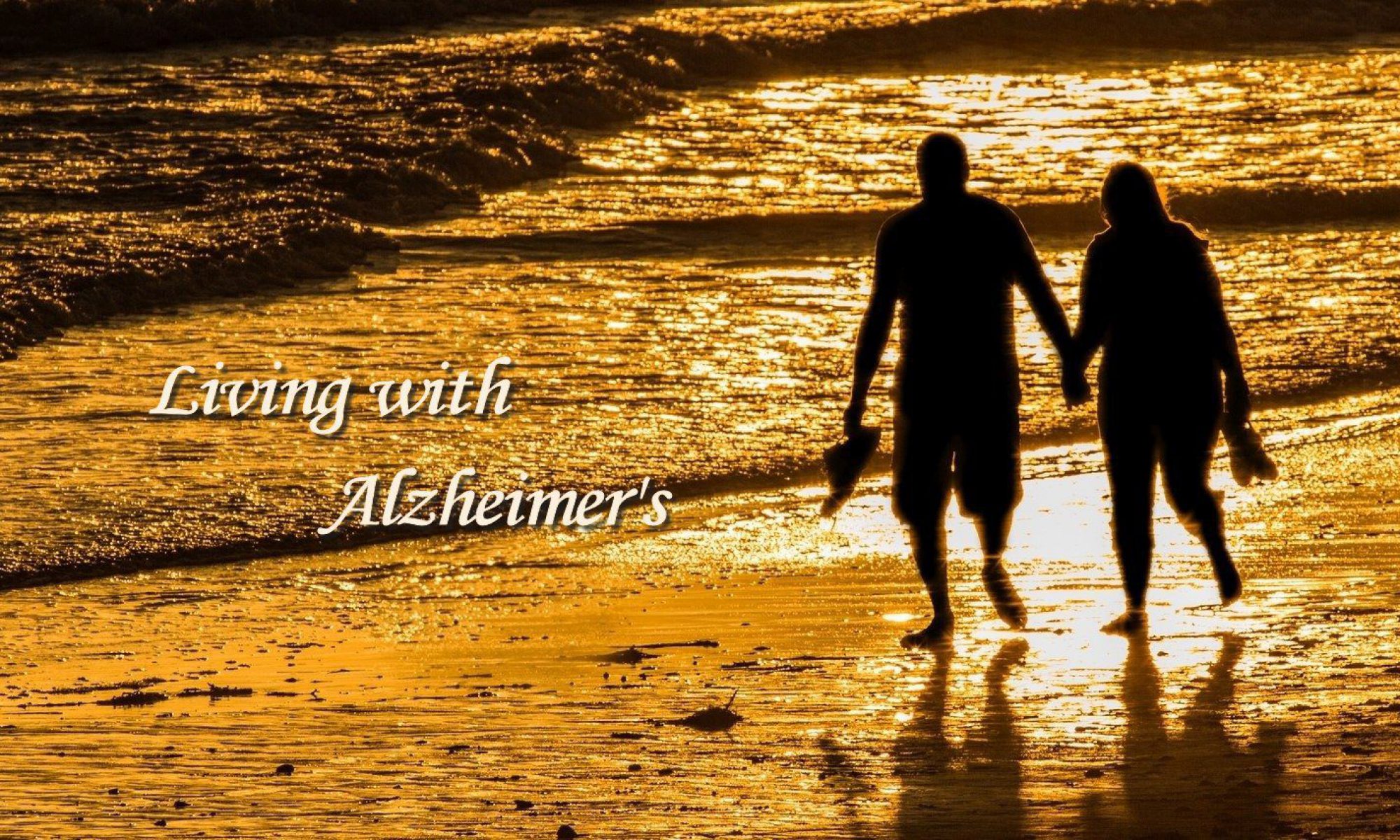During most of my adult life, I’ve heard
people talk about ‘Living in the Moment.” I always felt that Kate and I had
done just that throughout our marriage. Then she was diagnosed with
Alzheimer’s. Suddenly, living in the moment took on a new meaning. I felt an
intense desire to make the most of the time we had left.
One of my first efforts to spend more time
with her was to change my lunch routine. That was easy. I was already
transitioning into retirement and coming home after lunch. I started leaving
the office earlier, and we began eating lunch together every day. Little did I
know that it was our first step toward binging on eating out for lunch and
dinner every day until the pandemic in March 2020.
Eating out was not the only thing we binged
on. We also attended many movies as well as musical and theatrical events. We
were together a lot, but I did get out to go to the Y, run errands and meet
friends for coffee.
With the progression of her disease, I began
to feel uncomfortable leaving her alone. That led me to bring in caregivers
four hours daily on Monday, Wednesday, and Friday.
This turned out to be harder for me than for
Kate. I didn’t like being away from her that long, and I always came home
before the caregiver was supposed to leave. We continued that schedule until
she was hospitalized with Covid in 2020. That is when I arranged for care eight
hours a day seven days a week.
To a degree, I have adapted to being away from her. Even with help, the stress of caregiving is much greater than before, and I enjoy going out to lunch three days a week; nevertheless, I still want to be with her as much as possible. As a result, I am away no more than three hours of every 8-hour shift. That means I am with her twenty-one hours a day.
I have often talked about our Happy Moments.
During the past year, we have begun to have more of those. That’s because Kate is now waking up earlier
in the morning than she has in the past three or four years. That has cut into
my time to take care of my daily tasks, but it also gives us more quality time
together. I’ve welcomed that and make the most of it. I am with her as much as
I can during those mornings.
When I’m doing my daily chores like folding
and putting up laundry, I do that in the bedroom so that I can be with her.
Other times, I get my laptop and sit up in bed with her while I check email,
and work on other things like new blog posts. Every morning I do deep breathing
exercises. When she is awake, I do them sitting up in bed beside her or in a
chair beside the bed.
On mornings when she is especially alert, we sit up in bed close to each other and just enjoy being together. Since Kate has no memories of the past, I remind her of other special moments in our lives. They include our dating, falling in love, getting married, moving to new places, having children, making new friends, and traveling. We often watch music videos on YouTube. These are very special moments for both of us. We are indeed “Living in the Moment.”







